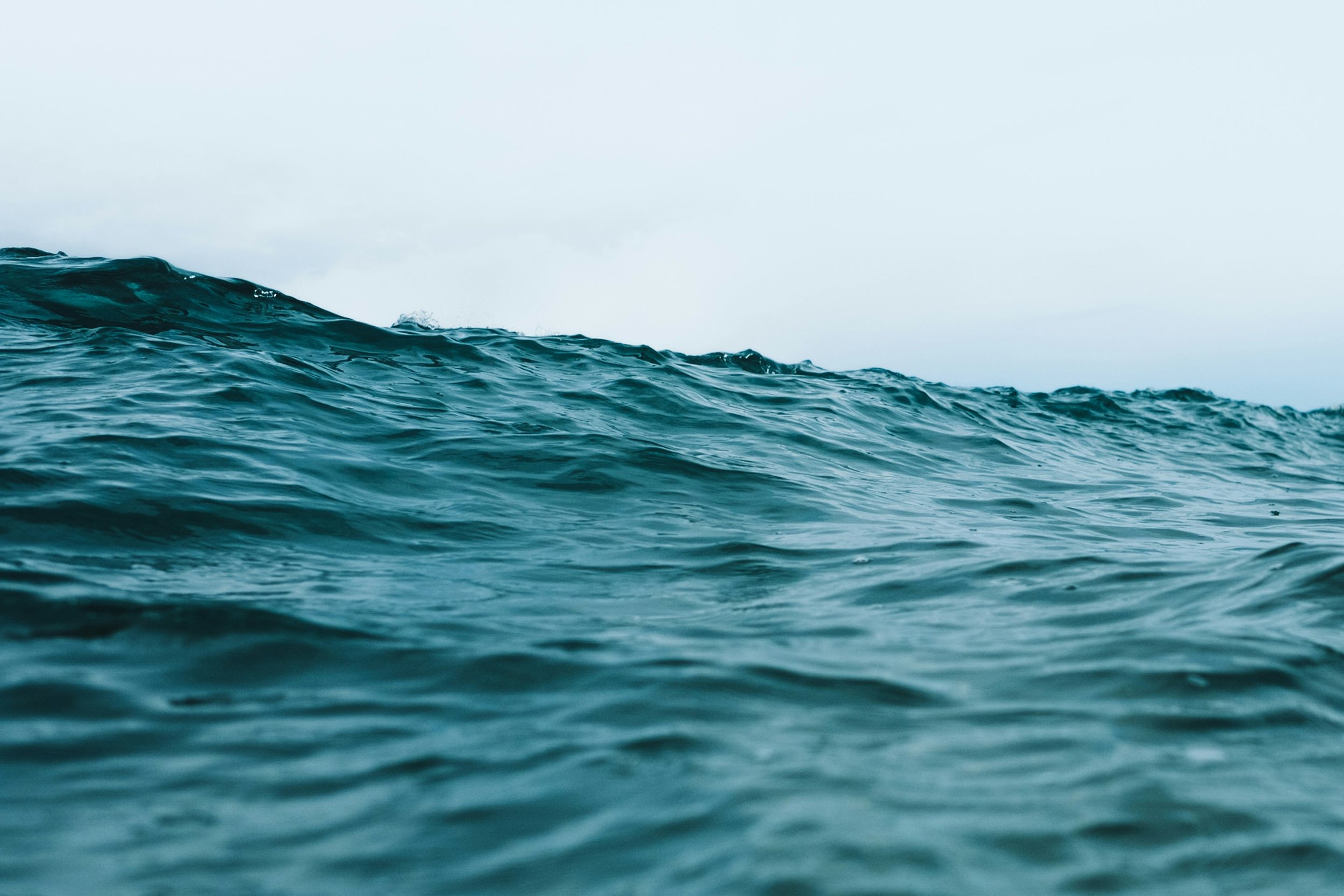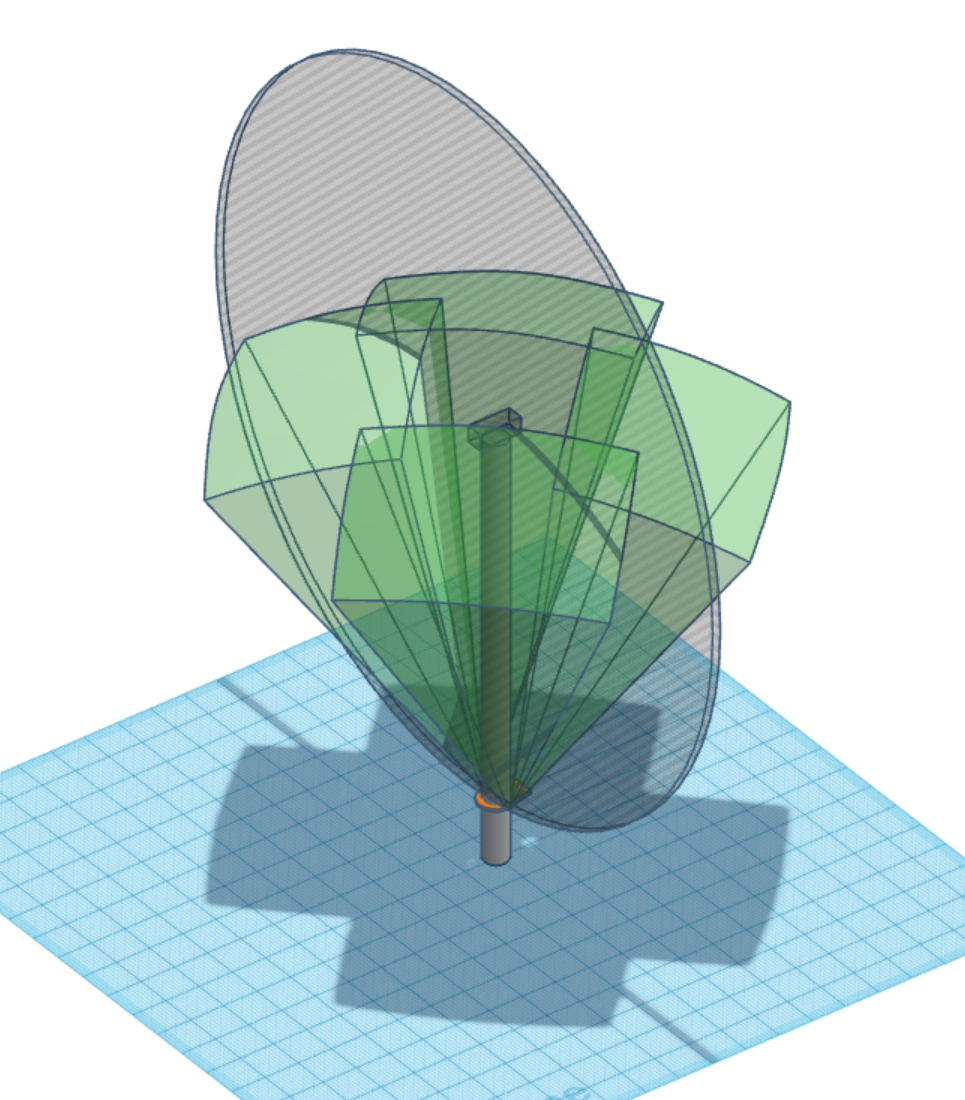
Offshore Wind Wildlife Monitoring
Offshore wind turbines have the potential to generate incredible amounts of renewable energy. With nameplate generation capacity increasing well above 10 MW per turbine and with rotor diameters of 200 meters and more, these giants are the path forward for the wind industry. Unfortunately, the tremendous size of these turbines is also putting them under larger scrutiny for their effects on local and migrating wildlife.
We provide solutions to two pressing problems in the offshore monitoring space. The first is a thermal camera-based 3D wildlife tracking solution that provides improved inputs, such as bird flight heights, fluxes and avoidance behavior, to collision risk models (CRM). This solution works on the microscale around the wind turbine, where other technologies such as radar are not able to sense. Our second solution is a thermal camera-based wildlife mortality detection system that can directly quantify the fatality caused by the turbine and be used to validate the CRM models.
3D Wildlife Tracking System
Our system uses stereo thermal security cameras and advanced processing software to reconstruct the 3D flight path of all the wildlife that crosses their field of view. Thermal cameras are able to detect birds and bats at long range both night and day and can even sense them in light rain and fog conditions.
Our system derives the physical size, flight velocity, direction, flight height and the wing-beat frequency of all the wildlife tracks it detects. We can also use the summary images that we generate to determine if there was potentially avoidance behavior in any of the tracks. We save all the videos collected, so you can always go back to the original video and have an ornithologist interpret behavior. We aren’t trying to replace experts, we are simply trying to find the proverbial needle in the haystack for them to review.
Using security cameras improves the reliability of the system by eliminating the need for a field-computer to acquire synchronized video from both cameras. This will also reduce the cost of the system by replacing expensive synchronized cameras with custom enclosures with less expensive security cameras and eliminate the need for a power-hungry computer in the field.
Switching to these cameras is enabled by our advanced software that time synchronizes the video and performs in-situ camera-to-camera (extrinsic) calibration using only the videos collected, eliminating the need for a calibration target and testing that are currently required.
Mortality detection system
This system uses an array of thermal cameras mounted on the transition platform that face radially outward from the turbine. This provides an unobstructed, 360-degree view of the airspace around the base of the turbine, allowing the system to monitor for falling wildlife day and night. For wildlife the size of a bat, these cameras can detect a falling carcass up to 110 meters away while for medium and large size birds it can detect them well beyond 225 meters. This provides a very large detection zone around the turbine, in most cases it is larger than the rotor swept area of the turbine itself.
We have tested this concept at two onshore wind turbines where the thermal fatality detections were compared to humans searching around the turbine daily. The detection rate of the systems was over 90%, showing that the concept had exceptional promise. We believe that using this technology is currently the only method to quantify the amount of wildlife fatalities that occur at offshore wind farms.
We have installed a pilot system at the Hollandse Kust Zuid wind farm off the coast of the Netherlands. Together with Wageningen Environmental Research, part of Wageningen University, and Vattenfall, the wind farm operator, we will be trialing our system to collect evidence of birds colliding with offshore wind turbines.
“This is trickier at sea than on land, where you can walk around and see what has fallen to the ground. When a bird hits a wind turbine at sea, it falls into the water and floats away.” says Jesper Kyed Larsen, Bioscience Expert at Vattenfall.
To learn more please CONTACT US.



